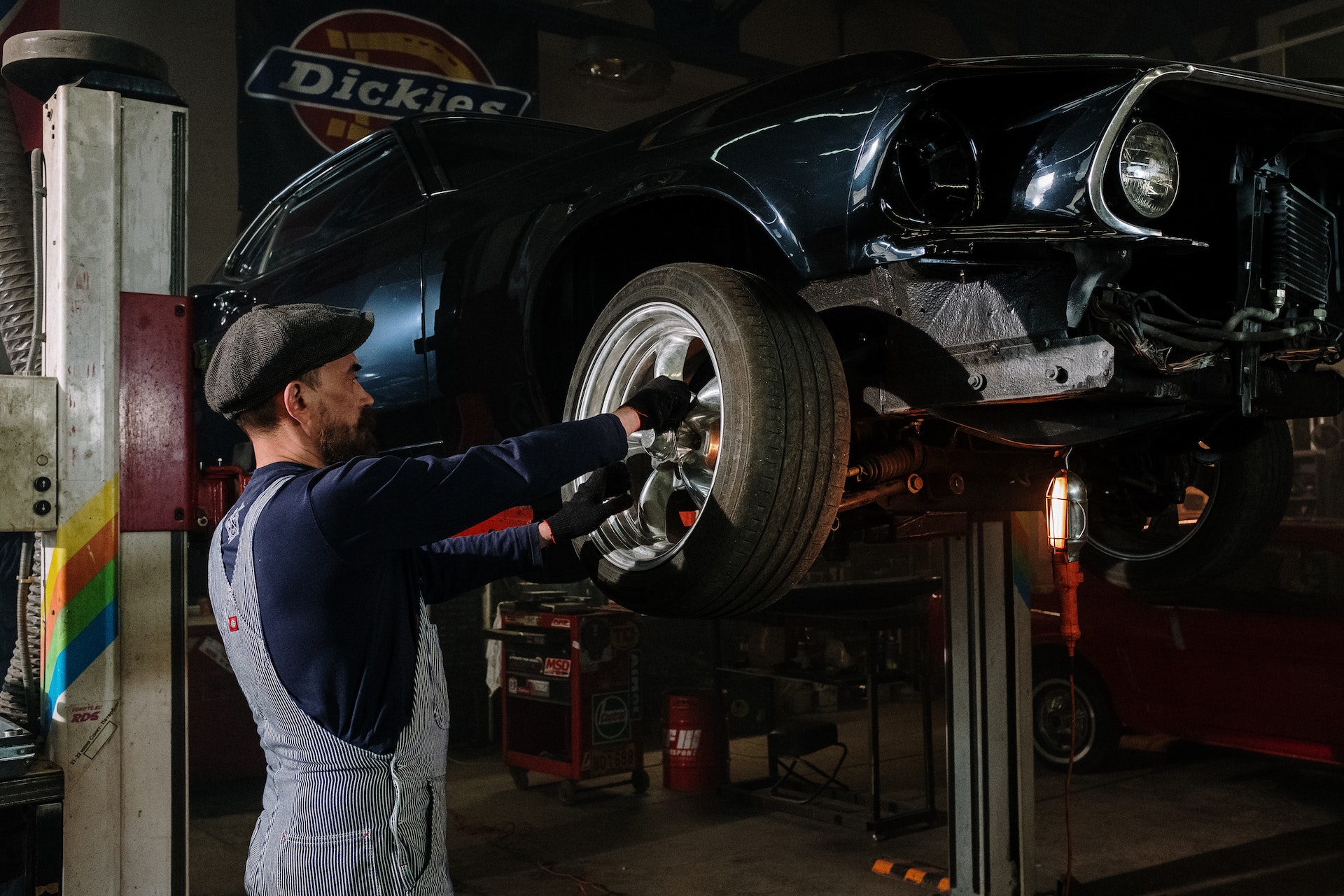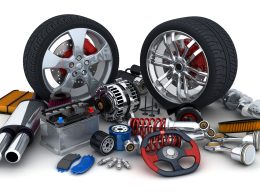As vehicles continue to become more complex and integrated with advanced technology, automotive maintenance and repairs have also become increasingly challenging. While traditional methods of diagnosing issues involve manual inspection and testing, a new approach to automotive maintenance is gaining traction: predictive diagnostics.
Predictive diagnostics uses artificial intelligence (AI) and machine learning algorithms to predict when a vehicle may require maintenance or repair before a breakdown occurs. This technology is revolutionizing the automotive industry by helping vehicle owners avoid costly repairs and reduce downtime.
According to a report by Market Research Future, the global automotive predictive diagnostics market is expected to reach USD 10 billion by 2023, growing at a CAGR of 25% during the forecast period. This growth is attributed to the increasing demand for connected cars, which rely heavily on predictive diagnostics for remote monitoring and control.
One of the key trends driving the adoption of predictive diagnostics is the shift towards proactive maintenance. Rather than waiting for a breakdown to occur, predictive diagnostics allows vehicle owners to be proactive in addressing potential issues, preventing costly repairs and downtime.
Several vendors are leading the way in the automotive predictive diagnostics market, including Delphi Automotive, Robert Bosch, Softing AG, and Continental AG. These companies are developing advanced algorithms and software solutions to analyze data from a vehicle’s sensors, predicting maintenance needs based on driving behavior and usage patterns.
Delphi Automotive, for example, has developed a system called Connected Car, which uses cloud-based analytics to predict maintenance needs and send alerts to vehicle owners. The system can also send alerts to service centers, allowing for proactive scheduling of repairs and maintenance.
Robert Bosch has developed a predictive diagnostics system that uses machine learning algorithms to analyze vehicle data and predict maintenance needs. The system can identify potential issues before they occur, allowing for proactive repairs and reducing vehicle downtime.
Softing AG offers a predictive diagnostics solution that uses artificial intelligence to analyze vehicle data and predict maintenance needs. The system can also provide real-time monitoring of a vehicle’s health and send alerts to vehicle owners or service centers when issues arise.
Continental AG has developed a predictive diagnostics system that uses machine learning algorithms to analyze vehicle data and predict maintenance needs. The system can also provide real-time feedback to drivers, allowing them to modify their driving behavior to improve vehicle performance and reduce maintenance needs.
While predictive diagnostics has the potential to revolutionize the automotive industry, there are also some challenges that must be addressed. One of the main challenges is the need for a standardized approach to data collection and analysis. As vehicles become increasingly connected, it is important for all data to be collected and analyzed in a consistent and standardized manner to ensure accurate predictions.
Another challenge is the need for skilled technicians who can effectively use predictive diagnostics tools. As the technology becomes more advanced, it is important for technicians to receive proper training to effectively use the tools and analyze the data.
In conclusion, the rise of predictive diagnostics is revolutionizing the automotive industry by allowing vehicle owners to be proactive in addressing potential maintenance issues. With the market expected to reach USD 10 billion by 2023, vendors such as Delphi Automotive, Robert Bosch, Softing AG, and Continental AG are leading the way in developing advanced algorithms and software solutions to analyze vehicle data and predict maintenance needs. While there are some challenges that must be addressed, the potential benefits of predictive diagnostics are significant, including reducing vehicle downtime and improving overall performance.











